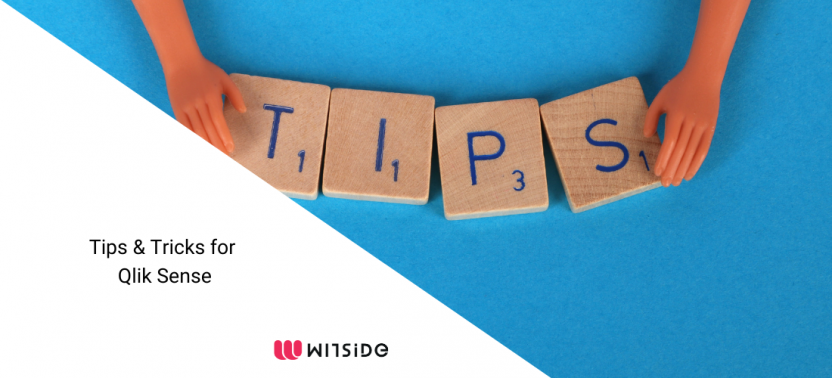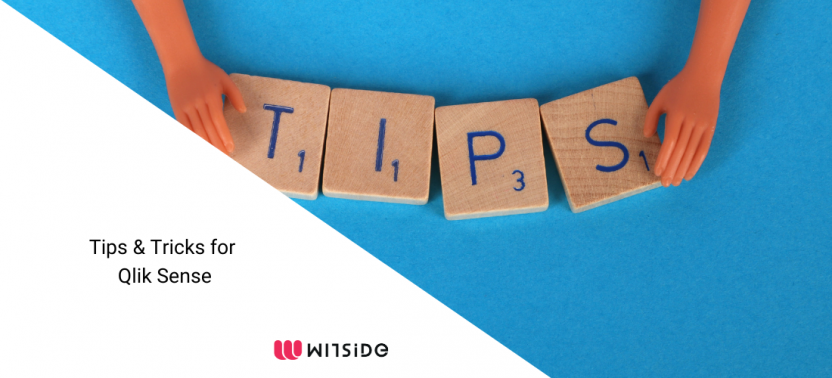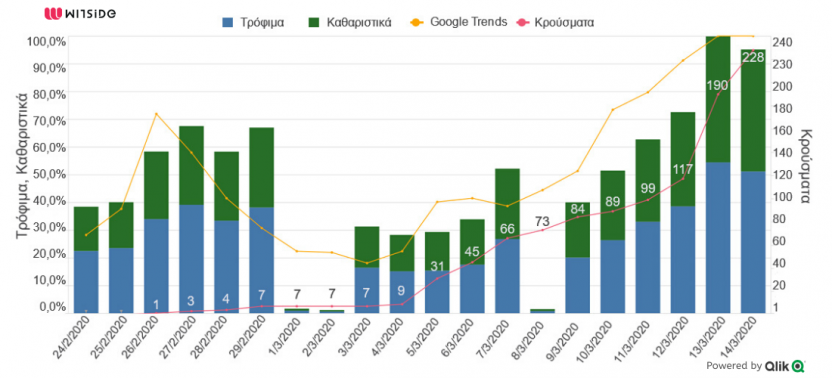Ο Όμιλος Kyvernitis Travel Group επέλεξε την WITSIDE για την υλοποίηση ενός συστήματος πληροφόρησης και παρακολούθησης οικονομικών δεδομένων σε πραγματικό χρόνο.

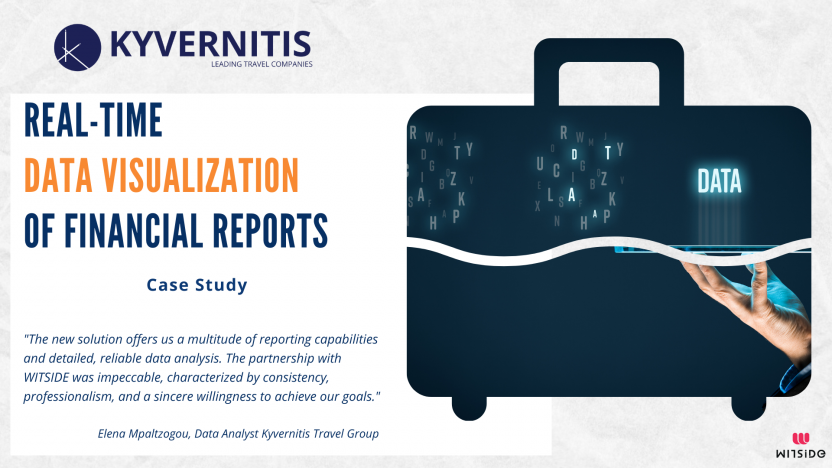
Kyvernitis Travel Group chose WITSIDE to implement a tailored solution for real-time monitoring of their financial statements.
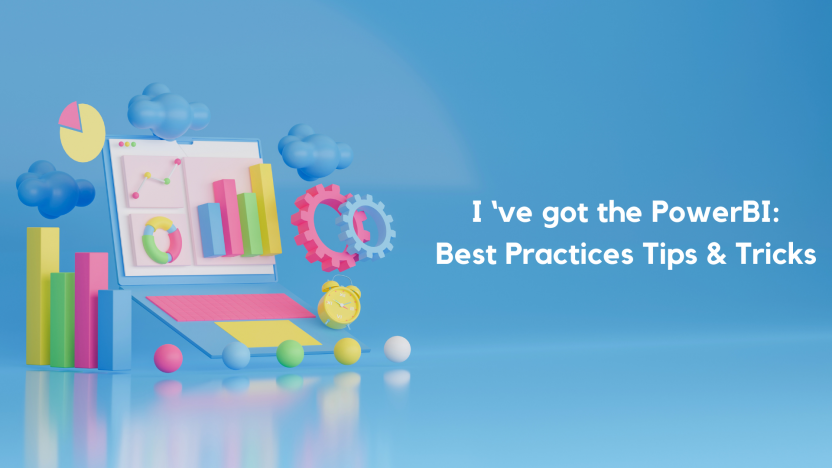
Learn how to optimize data loading, modeling, relationships, and DAX measures to maximize efficiency and create clear, impactful reports with PowerBI
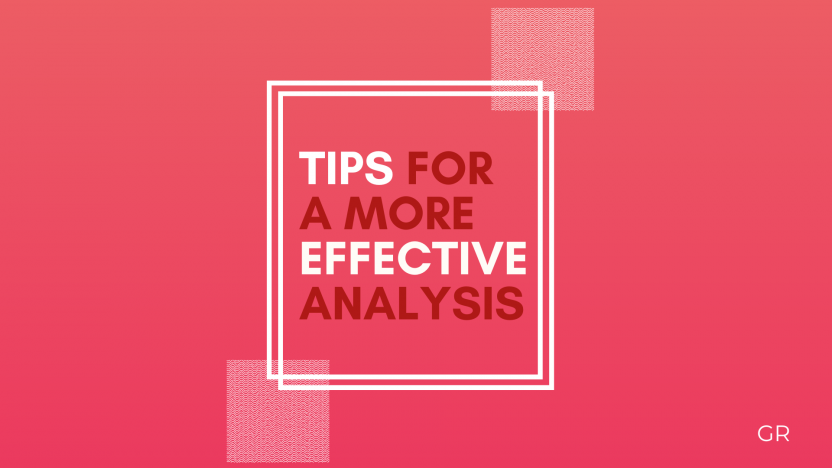
Ένας οδηγός για αποτελεσματικότερη ανάλυση δεδομένων

Η WITSIDE ξεχωρίζει για το εργασιακό της περιβάλλον και την εταιρική της κουλτούρα
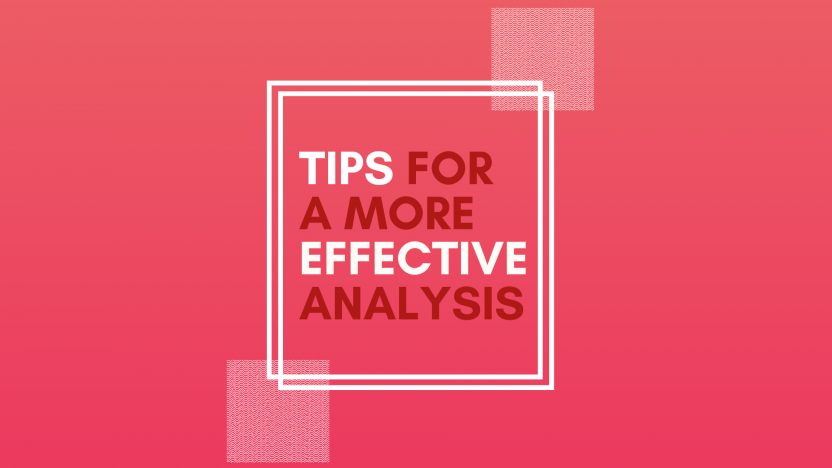
A guide that offers 4 key steps to crafting clear report specifications that deliver real value.
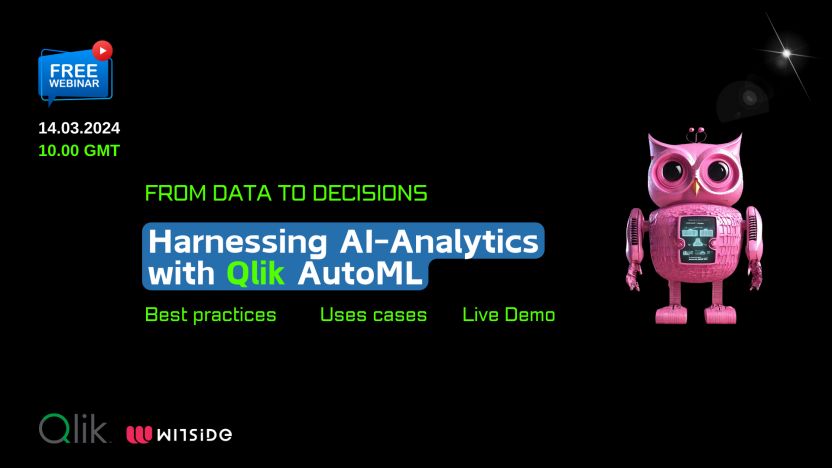
Empower yourself and your organization with the transformative power of AI. Join WITSIDE a free one-hour webinar on March 14 @10.00 GMT.
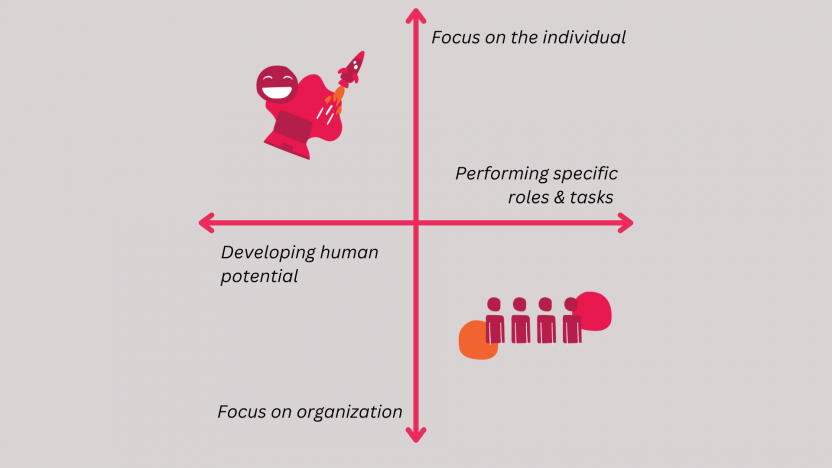
Discover the essence of Organizational Learning with insights.

This will be the summary for the small view

A Journey to celebrate success and set new goals!

WITSIDE's unwavering commitment to society shines through its response to rainstorm Daniel, with dedicated volunteers and support for SOS Children's Villages Greece, exemplifying its culture of compassion and impact.

WITSIDE has won the Gold award at the DEI BITE Awards 2023 in the category of "Digital Transformation of Business Operations" for its project on Demand Forecasting for Hellenic Dairies S.A.
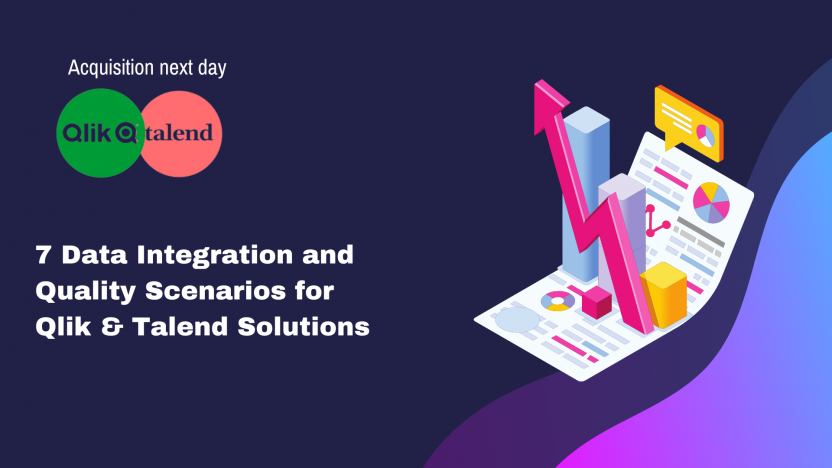
Examining the 7 data integration and quality everyday uses for Qlik and Talend that crop up in most companies, regardless of size, industry vertical, or geography.

An easy way to realize the way that our brain works, is to look at the words and read their colors, not the words themselves.

At WITSIDE, we believe that true success lies not just in our achievements but in the positive impact we create.
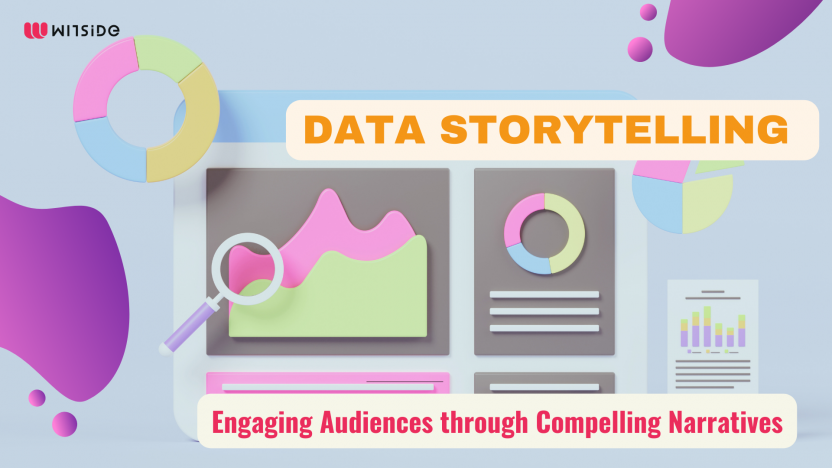
Data is everywhere, but the challenge lies in generating meaningful insights from it. This is where data storytelling comes in.
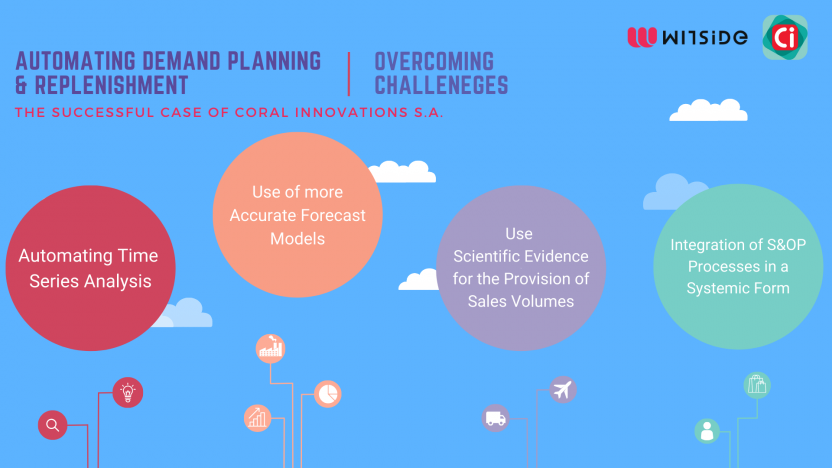
Demand forecasting is a critical aspect of supply chain management that predicts future demand for a product or service. Accurate demand forecasting helps organizations to optimize their inventory levels, improve production planning, and ensure organization’s satisfaction by avoiding stockouts or overstocking.

WITSIDE Webinar Series

In the summer of 1958, the New York Times published a short column introducing a self-learning electronic computer named the Perceptron ("Electronic ‘Brain’ Teaches Itself" was the exact title at the time). This "Brain" made its way to the graveyard of inventions fast enough, yet the seed of Artificial Intelligence (AI) was planted.
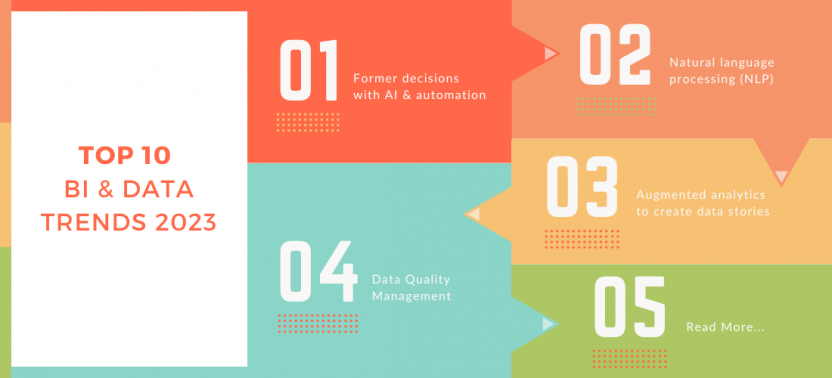
This year’s global situation continues to move towards a “storm” of geopolitical, social, and economic concerns, leading to a rise in conflict and isolationist tendencies, as well as a shift towards de-globalization.

Companies improve their business performance by collecting, analyzing, and taking data driven decisions.


This will be the summary for the small view

Data as an asset – is it really?

This will be the summary for the small view
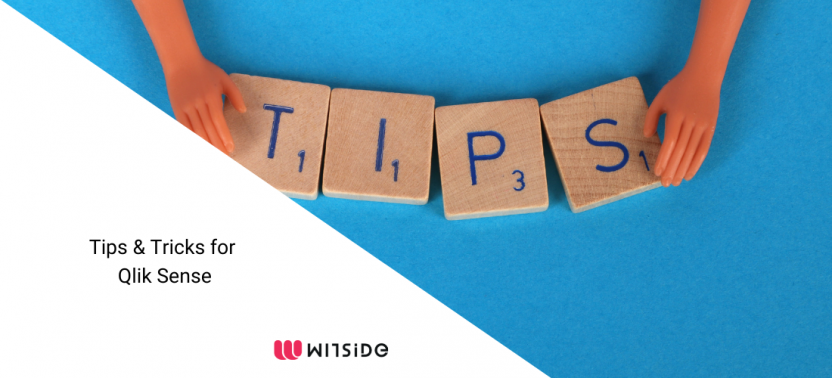
Here, are some of the many tips and tricks that you can implement in your Qlik Sense applications. The goal is to show you tips that can make your job easier and to hi

_

.

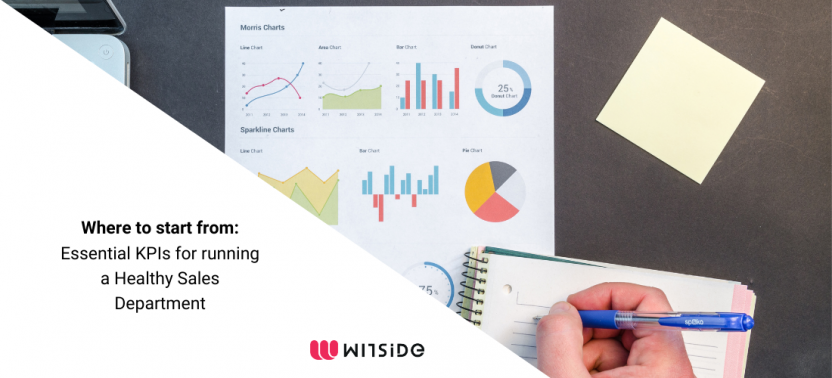

The Advanced Analytics Tour

Accelerating Insights Through Augmented Analytics

Improving people's health using Artificial Technology

2020 Gartner Magic Quadrant for Data Science and Machine Learning Platforms

2020 Gartner Magic Quadrant for Analytics and Business Intelligence Platforms

See why BI users like you love Qlik!

Tuesday/ 19/11/ Marousi Plaza

Self-service analytics in zero time

Wednesday, 23rd October 2019 Ethniki Asfalistiki Conference Centre

Hello, future! We've been expecting you!

The Qlik Analytics Tour was successfully organized by WITSIDE

WITSIDE is pioneering and actively involved in the depiction and analysis of May 2019 election results.

Alteryx: The top solution for Data Preparation, Blending & Prediction

Discovering the smart side of data




